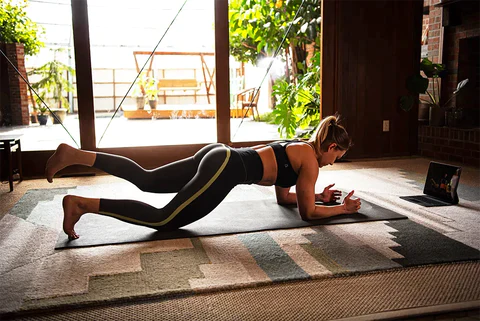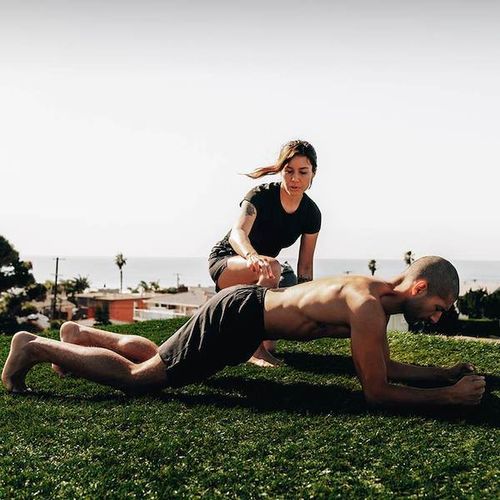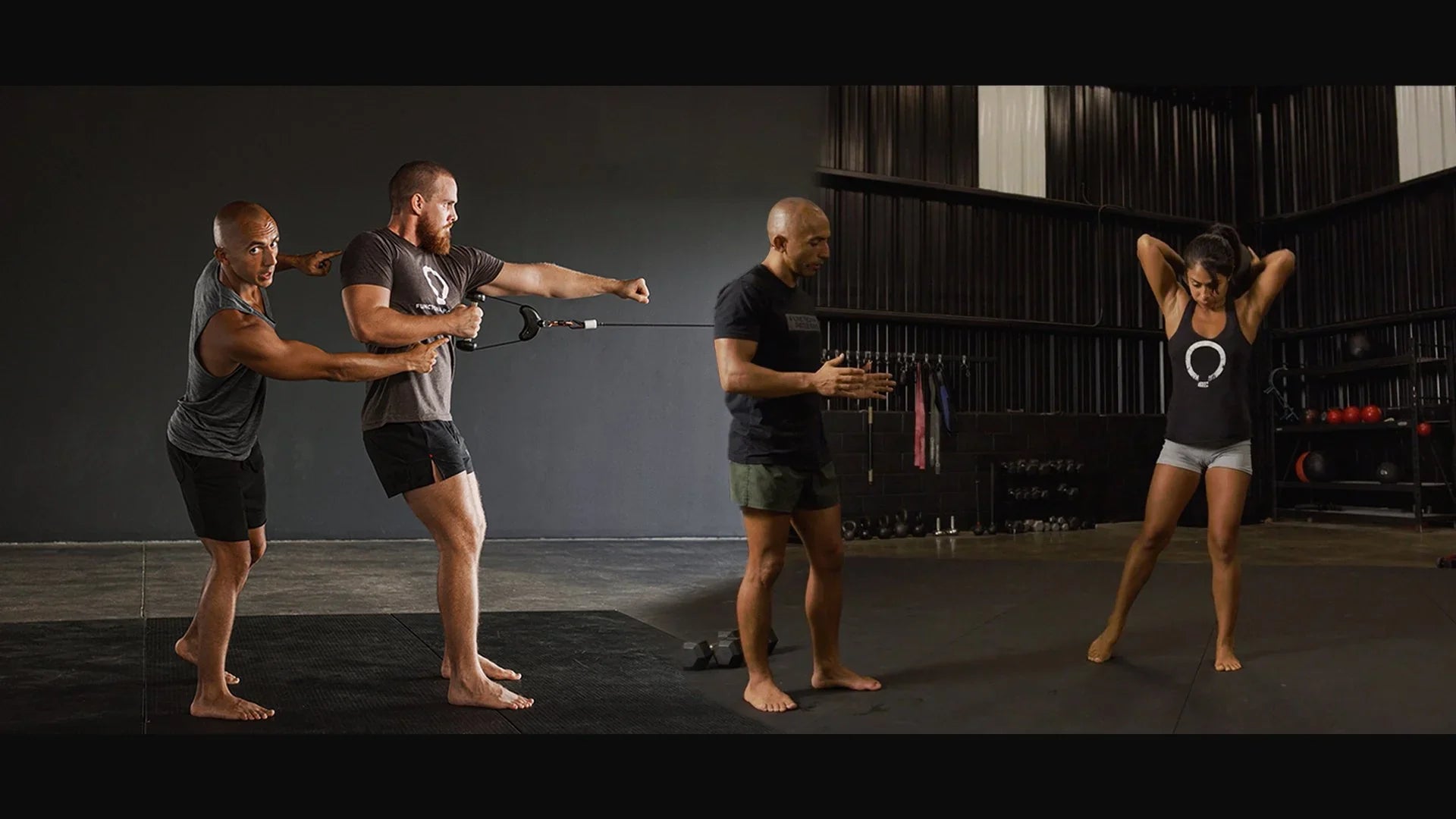Yoga is often praised for its ability to improve flexibility, release tension, and foster mind-body connection. But have you ever stopped to ask: Does this movement build lasting strength? Does it support my structure as I age?
With tensegrity as a cornerstone of the Functional Patterns approach, the answers to these questions can be more complex than they appear.

What Is Tensegrity, and Why Does It Matter?
Tensegrity refers to the balance between tension and compression in the body. It’s the architectural principle that allows our structures (joints, bones, and connective tissue) to absorb force, maintain posture, and generate movement without collapsing or over-relying on rigid stability.
When your body loses tensegrity, either through chronic stress, poor movement patterns, or excessive stretching, then it starts to compensate. That compensation can lead to instability, joint pain, and a breakdown in how force travels through the body.
In short: Having tensegrity is what helps you move efficiently, recover faster, and stay strong as you age.

The Limits of Length: When Flexibility Doesn’t Equal Function
Traditional yoga often emphasizes lengthening, such as opening up the hips, folding deeper, twisting further. While these movements may feel productive in the moment, overstretching, especially in passive positions, can have long-term consequences:
- Dehydrated fascia: Fascia needs hydration and tension to stay elastic. Overstretching dries it out, reducing its ability to recoil and transfer force.
- Ligament laxity: Ligaments don’t regenerate easily. Excessive pulling on them can lead to joint instability and chronic pain.
- Loss of mechanical leverage: When muscles are chronically lengthened, they lose their ability to create force efficiently. That means less power and more effort to perform basic movements.
This is especially important to consider if your goal is sustainable strength, resilience, and balance, not just hitting aesthetic poses.

Movement That Builds Function, Not Just Flexibility
A more useful approach to movement starts with questions like:
- Am I organizing my body to generate force or just absorb it?
- Do my movements reflect the way humans are built to walk, run, and move in the real world?
- Is this helping me build a body that can support me as I age or slowly break me down over time?
In systems that prioritize mechanical leverage, posture, and gait, movement is trained to build elastic recoil and structural balance. Rather than passively pushing into deeper ranges, you learn to maintain tension, control, and alignment through dynamic resistance, restoring the body’s natural capacity to move with precision and power.
The Takeaway: Movement Practice Should Be Intentional
If your movement practice emphasizes length at the expense of stability, or range without control, you may unknowingly be setting yourself up for injury or breakdown later in life. On the other hand, building tensegrity, joint integrity, and controlled strength can help preserve your body’s function and vitality for decades to come.
Because sustainable strength isn’t about doing more, it’s about doing better.
And that starts with moving in ways your body was designed to handle.







